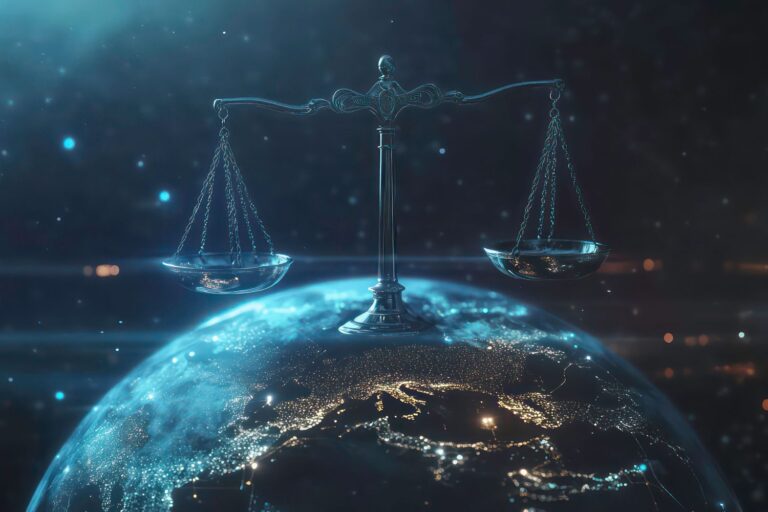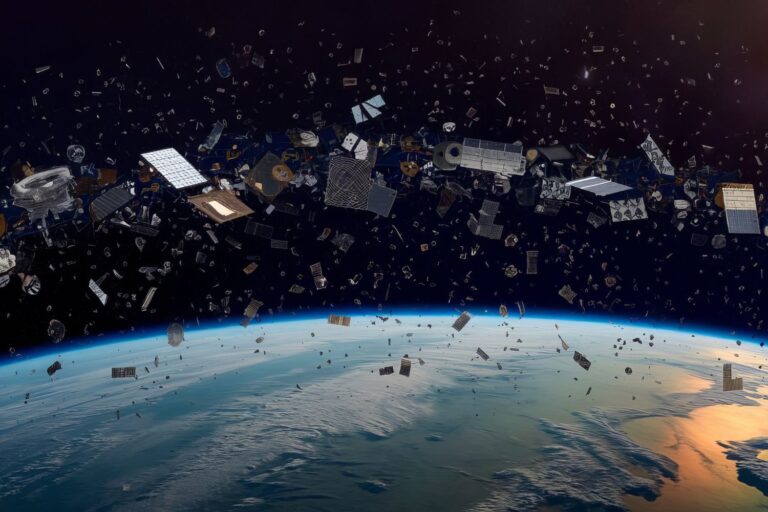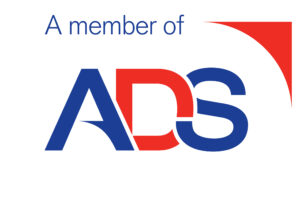“Space Law, the next frontier: To go boldly where few have stepped before”
Space has captured our imaginations and spurred scientific advancement for centuries, but as we continue to push the boundaries of exploration and technology, new challenges arise that must be addressed. As space activities increase in frequency and complexity, it becomes crucial to have a legal framework that governs this vast expanse beyond Earth’s borders.
In this blog post, we will delve into the world of international space law – exploring its key principles, treaties, and current challenges. Join us as we unravel the complexities of regulating outer space and discuss how Proelium Law is at the forefront of shaping this dynamic field.
With potential for growth and innovation in the UK market already underway, there is much to learn about the present and future of space law.
Navigating the Cosmos: A Look at International Space Law
The vast expanse of space, once a realm of science fiction, is now a bustling arena of scientific endeavour, commercial activity, and even military posturing. This dramatic shift necessitates a robust legal framework to govern activities beyond Earth, a framework known as international space law.
International space law is a set of rules and agreements that govern how countries and private companies operate in space. Built on treaties, customary laws, and evolving norms, it attempts to navigate the challenges of managing a shared resource with diverse interests at play.
As space becomes a shared resource with competing interests, understanding international space law is essential for navigating this exciting new frontier.
Where Does Space Begin? Understanding the Boundary Between Airspace and Outer Space
The question of where space begins is one of the most debated topics in space law. Defining the boundary between airspace and outer space is critical because international law grants states complete sovereignty over their airspace, while outer space, including celestial bodies, according to the 1967 Outer Space Treaty, is free from national ownership. However, the exact boundary where airspace ends and outer space begins remains unclear.
While the widely accepted Kármán line (100km altitude) serves as a practical demarcation, used by organisations like the Fédération Aéronautique Internationale (FAI) to define the edge of space for aeronautical purposes, its legal standing is uncertain. The US, for instance, uses a different altitude (around 80km) for recognising astronaut spaceflight.
This discrepancy highlights the need for a clear, legally binding definition to avoid ambiguities in liability and jurisdiction. The difference between air law and space law, particularly concerning issues of liability, innocent passage, and airspace overflight, makes a precise definition even more crucial.
As space exploration and commercial activities increase, resolving this issue will be essential to prevent conflicts and ensure smooth operations in the rapidly growing space industry.
International Space Law: Key Principles You Should Know
The principles of international law also apply to outer space. According to The 1961 UN General Assembly Resolution 1721 (XVI), two essential rules govern space law:
- International law, including the UN Charter, extends to outer space.
- Outer space is free for exploration and use by all countries and states and cannot be claimed by any nation.
These foundational principles of space law ensure fair access to space exploration and promote international cooperation in the rapidly growing field of space activities.
Several key treaties further define space law:
The Outer Space Treaty: A Cornerstone of International Space Law
The Outer Space Treaty ensures the peaceful use of outer space, promotes the freedom to explore and utilise space, and outlines state responsibility for satellite launches and other space activities.
The Rescue Agreement: A Key Space Law for Astronaut Safety
The Rescue Agreement ensures the rescue and safe return of astronauts in distress, along with the recovery of space objects to their launching countries. This international space law plays a crucial role in promoting astronaut safety and cooperation in outer space.
The Liability Convention: Understanding Space Object Liability
The Liability Convention outlines key rules for space object liability. It holds launching states absolutely liable for any damage their space objects cause on Earth or to aircraft. For damage occurring in outer space, liability is determined based on fault. This international agreement is a crucial part of space law, ensuring accountability in the growing field of space exploration and satellite deployment.
The Registration Convention: Keeping Space Accountable
This international agreement requires all space objects to be registered with the United Nations. By ensuring transparency in space activities, it promotes accountability and responsible exploration of outer space. Learn more about the Registration Convention.
The Moon Agreement: What You Need to Know
The Moon Agreement builds on the Outer Space Treaty to protect the Moon’s environment and designate its resources as the “common heritage of mankind.” However, major spacefaring nations, such as the United States, Russia, and China, have not ratified this treaty. Explore how this impacts international space law and the future of lunar exploration.
Regulating Access: Orbital Slots and Radio Frequencies
The International Telecommunication Union (ITU) plays a vital role in regulating access to outer space. The ITU is responsible for the rational, equitable, and efficient allocation of radio frequencies and geostationary orbital slots. As the global authority for space communication the ITU endeavours to ensure equitable access for all states, particularly developing ones. However, the current “first-come, first-served” system can create disparities and lead to inequalities, particularly impacting developing countries.
The rise of mega constellations, large networks of thousands of satellites providing global internet access, exacerbates the challenge, prompting the ITU to adopt new regulations aimed at preventing “spectrum warehousing” – where orbital slots are reserved without actual use. As space activities grow, the ITU continues to evolve its regulations to promote equitable access and sustainable development and keep pace with the changing environment of space activities.
Monitoring Space: Registration and the Problem of Space Debris
International space law mandates the registration of all space objects launched into orbit. This process monitored by the United Nations Office for Outer Space Affairs, is a measure designed to enhance transparency and accountability in outer space activities.
Despite this, there are growing inconsistencies in the registration of military and intelligence satellites that have raised concerns about the lack of information regarding their capabilities and intentions.
The definition of “space object” itself is broad, encompassing components and even debris, emphasising the need for clearer guidelines, as it leaves critical gaps in information about their purpose and capabilities.
The growing problem of space debris, with its potential to cause catastrophic collisions (“Kessler syndrome”), underscores the importance of space law and international cooperation in addressing this increasing challenge.
As the amount of space junk grows, it’s more important than ever to ensure international cooperation and adherence to space law. Addressing the challenges of satellite registration and space debris is key to maintaining the safety and sustainability of Earth’s orbit for future generations.
Strengthening Space Regulations: The Need for Action
While the existing space law framework provides foundational guidelines, its limitations are evident. Relatively recent missile tests against satellites, generating significant debris, and the rise of space tourism, underscore the need for stronger international cooperation and updated regulations.
The United Nations General Assembly regularly adopts resolutions to address various aspects of space law, including the prevention of an arms race in space. However, efforts to establish a legally binding treaty to stop the weaponization of space face significant challenges. Major spacefaring nations remain divided over the necessity and scope of such agreements.
Conclusion
International space law is a dynamic field, constantly adapting to meet the challenges of increasing space activity. While the existing treaties and principles lay a strong foundation, emerging issues, such as mega constellations and space debris, demand innovative solutions and stronger international collaboration.
The pursuit of a robust legal framework balancing the benefits of exploration with the imperative of responsible space stewardship will be crucial in shaping the future of space activities.
The UK has commenced movement towards creating such a robust legislative and regulatory environment, as outlined briefly by Proelium Law here.
Proelium Law, with its breadth of experience and pedigree of engagement in new and innovative legal fields, stands ready to support the public and private sectors as they navigate this evolving area of opportunity.









